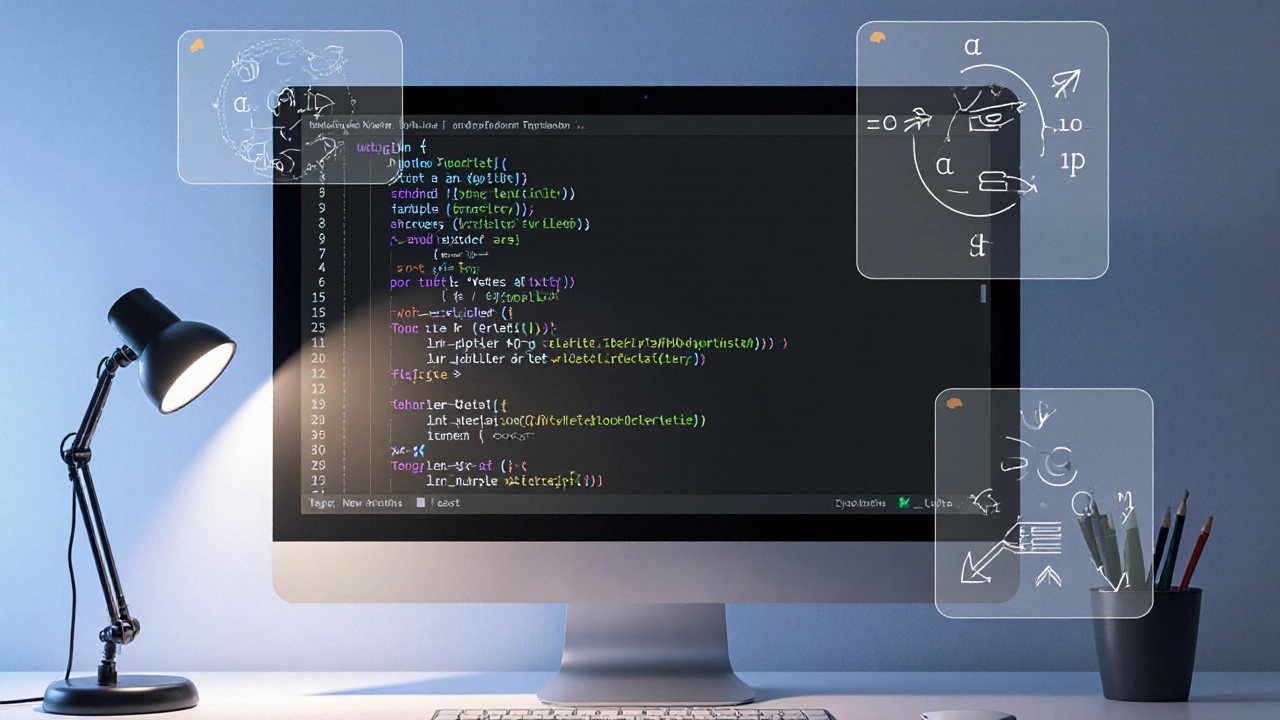Python Coding Tips: Practical Tricks to Write Better Code Faster
When you write Python, a high-level programming language known for its clean syntax and readability. Also known as CPython, it's the go-to language for everything from web apps to AI models because it lets you focus on solving problems instead of fighting syntax. The problem isn’t learning Python—it’s writing code that doesn’t break, slow down, or confuse your teammates next week.
Good Python coding tips, practical habits that make code easier to maintain and debug aren’t about memorizing every built-in function. They’re about consistency. Like using type hints to catch errors before runtime, or writing small functions that do one thing well. These aren’t theory—they’re what teams use in real projects at companies like Dropbox, Instagram, and Spotify. You don’t need to be an expert to start. Just pick one habit: stop using global variables, or always name your functions like actions (calculate_total() not do_stuff()).
Python performance, how fast your code runs and how efficiently it uses memory matters more than you think. A slow script might be fine for a one-off task, but if it’s part of a server that handles 10,000 requests a day, it becomes a bottleneck. Tools like cProfile and timeit aren’t optional—they’re your diagnostic toolkit. And don’t just rely on loops. Python’s list comprehensions, generators, and built-ins like map() and filter() often run faster because they’re written in C under the hood.
Testing isn’t a luxury. It’s what keeps you from pushing broken code to production. Python testing, the process of verifying code works as expected using automated checks doesn’t mean writing 500-unit tests for every line. Start with one test per function that handles edge cases. Use pytest—it’s simple, readable, and scales with you. The goal isn’t 100% coverage. It’s confidence. Confidence that when you change something, you didn’t break five other things you forgot about.
And let’s talk about tools. You don’t need 15 extensions to write good Python. Just black for formatting, flake8 for style, and ruff for speed. These aren’t toys—they’re the reason your code looks the same across your team. No more debates over tabs vs spaces. Just clean, consistent code that anyone can read.
Most of the posts here aren’t about flashy AI or AGI. They’re about the quiet, daily stuff: how to avoid memory leaks, how to structure a project so it doesn’t turn into spaghetti, how to make your scripts run 3x faster with one line. These are the tricks that separate someone who writes code from someone who ships code. You’ll find real examples—not abstract theory. No fluff. Just what works when the clock is ticking and the bug is live.

- Nov 15, 2025
- Travis Lincoln
- 0 Comments
10 Python Tricks for a More Efficient Coding Experience
Discover 10 practical Python tricks that make your code faster, cleaner, and less error-prone. From list comprehensions to type hints, these are real techniques used by professional developers every day.

- Nov 11, 2025
- Clayton Shaw
- 0 Comments
Python Tricks: The Ultimate Guide to Coding Like a Pro
Learn essential Python tricks that turn average code into professional, efficient, and clean Python. From comprehensions to context managers, these are the habits top developers use every day.
